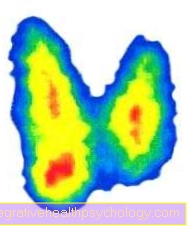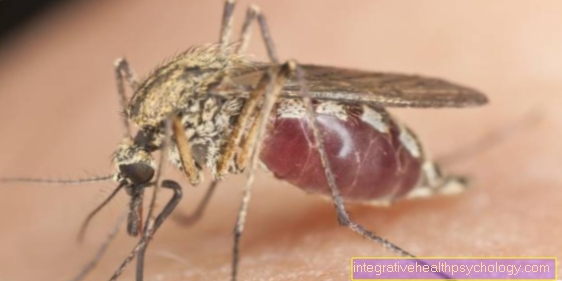Turmeric (Curcuma domestica)
Ginger family
Plant description
Your home is Asia, it is planted in cultures there. It is similar to the ginger plant. Persistent, herbaceous plant with branched, fleshy and aromatic, intensely yellow roots. From this emerges a bundle of leaves with long, lanceolate leaves. Turmeric grows up to 1 m high and forms spiky inflorescences. Elongated capsule fruits are formed from this.
Plant parts used medicinally
The rhizome, dug as soon as the above-ground parts of the plant begin to wither. You separate the pear-shaped tubers and thick root branches from the adhering fine roots, wash them and immerse them in boiling water. This will spread the yellow color from the secretion cells all over the tuber. Then it is dried in the sun.
Ingredients
Essential oil, bitter substances, curcumin, starch.
Medicinal effect and application
The yellow coloring agent curcumin promotes emptying of the Gallbladder, the essential oil, increases bile production. The drug also has weak anti-inflammatory properties. Indicated for indigestion caused by decreased bile production. However, the drug is next to not used as a remedy. In contrast, turmeric is very well known and popular as a spice. Turmeric is an important part of curry.
Use in homeopathy
Here, too, turmeric is used to promote bile production. Usually in the potencies D1 to D3.
Side effects
Side effects are not to be expected with normal dosage. Do not use if the biliary tract is blocked.



























.jpg)

